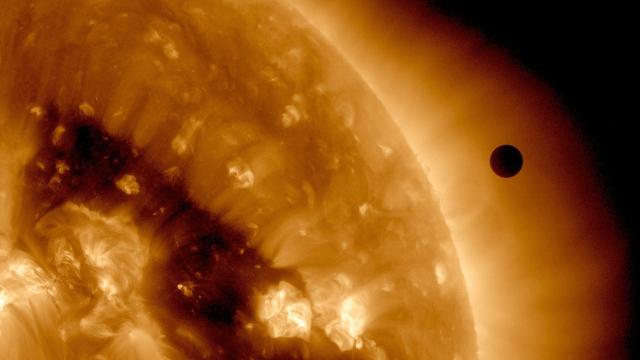It’s been nearly 30 years since a NASA spacecraft went to Venus, a yellowish planet 107 million kilometres from the Sun and 226 million kilometres from us. Venus is often thought of as a sibling planet to Earth, both being rocky worlds close enough to the Sun to bask in its heat. And yet, at some point in their histories, the two worlds diverged in an extreme way.
Recently, NASA and the European Space Agency announced three new spacecraft that will launch for Venus around 2030, missions that will provide a major upgrade to our knowledge of the hot, toxic world. Here are some of the very weird aspects of Venus that make it such an exciting target for our scientific probes.
Venus Spins Backwards
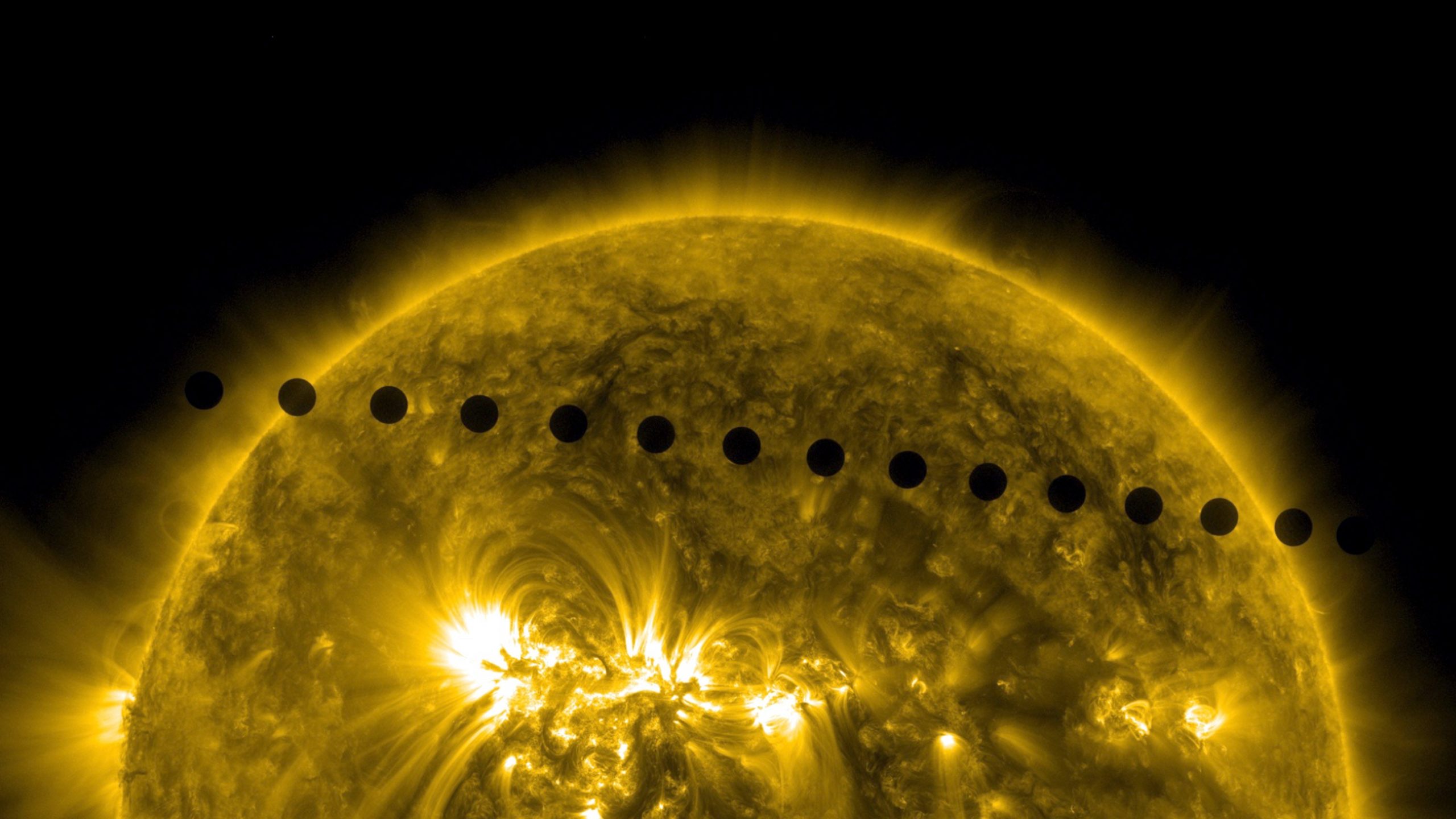
No, literally. Venus rotates clockwise on its axis, as does Uranus; all the other planets in the solar system rotate counter-clockwise when viewed from above our North Pole. Why exactly Venus does this is still a bit of an open question. One theory holds that Venus started out rotating in the same direction as the other planets but at some point turned on its head, so the planet is actually upside down.
Another posits that Venus’s original counterclockwise spin gradually ground to a near-halt and reversed. Still another theory states that the planet could’ve been hit by some massive object that forced its spin in the other direction. That idea could also explain why the planet’s rotation is so darn slow — a day on Venus is equivalent to nearly 250 Earth days. That’s in fact shorter than a Venusian year, as the planet whips around the Sun in just 225 Earth days. Bizarre.
Venus Is the Hottest Planet

What might be Venus’s most iconic feature — it’s extreme heat — is also one scientists still don’t quite understand. Venus is even hotter than Mercury, which orbits closer to the Sun. The planet’s average temperature is over 450° Celsius. The longstanding theory is that Venus got caught in a runaway greenhouse effect: the planet’s carbon dioxide-rich atmosphere continued to trap heat on the planet, roasting it. Venus’s surface temperatures can melt lead and have killed off space probes within a few hours. That’s one reason why the upcoming DAVINCI+ mission will be so useful — the NASA probe will take stock of the planet’s atmospheric chemistry, which should help scientists understand what made it so scorching.
Venus Is Covered in Volcanoes
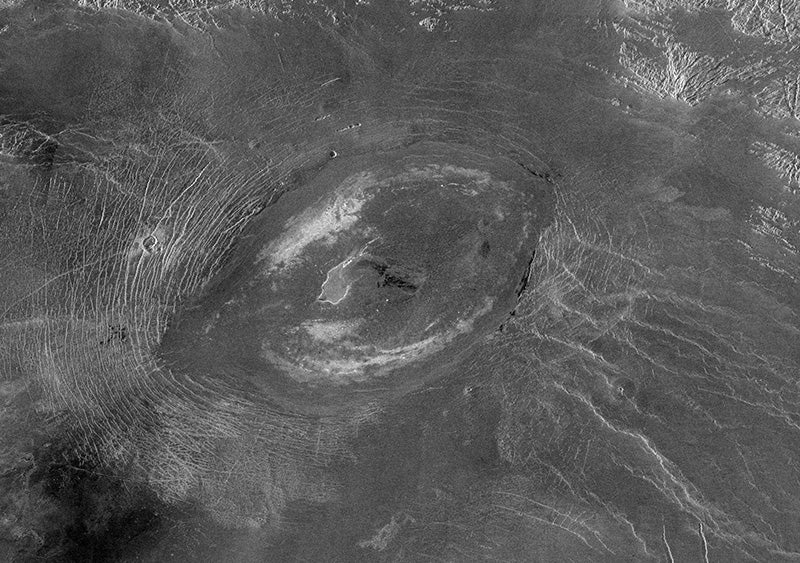
Scientists aren’t quite sure what to make of Venus’s volcanoes. The planet is peppered with massive ones (the Sacajawea caldera, shown above, is over 161 km across), but no one is quite sure whether volcanic activity on Venus persists or if the structures are now all dormant. Last year, a team of researchers reported 37 active volcanic structures, so it’s possible that there is still lava burbling forth from the planet’s interior today. The volcanic structures have range, too, from towering shield volcanoes to the flat-lying “pancake dome” volcanoes. And besides the volcanoes themselves, there’s what they produce, ossified now in canali, which are huge, dried-up channels of lava. Exactly when these canali were carved is unknown. The VERITAS mission will likely get a better sense of the planet’s volcanism when it begins orbiting Venus around 2030.
Venus Is Super Toxic
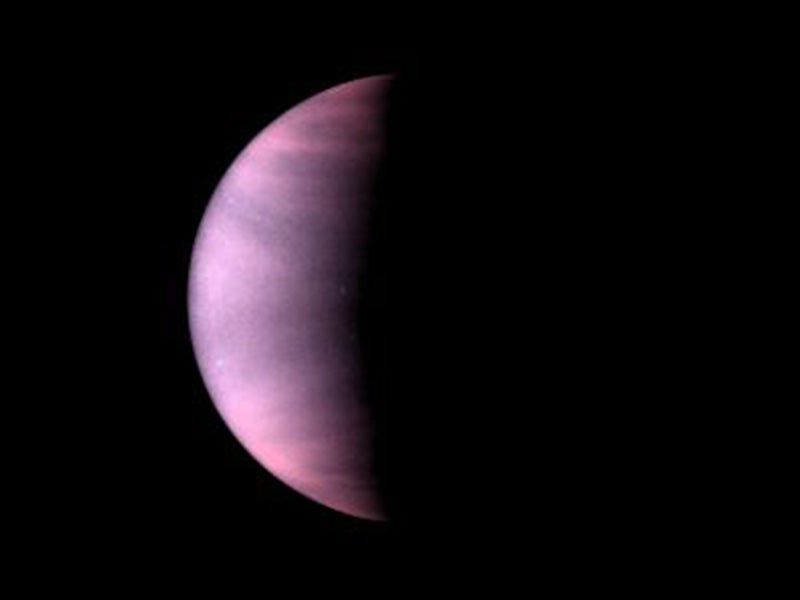
Remember that thick Venusian atmosphere, so thick that it may have sent the planet into a climatological tailspin? Well, there’s more. Besides being carbon dioxide-rich, the atmosphere on Venus is chock-full of sulfuric acid clouds (I wouldn’t open your eyes in them). The atmosphere is on the whole so thick that we can only image the planet’s surface using radar. The planet’s atmospheric pressure is also 95 times that of Earth’s, making it equivalent to the pressure a felt at about 1,005.84 m underwater on Earth. So if you don’t bake on arrival or asphyxiate in the noxious skies, you’ll be squashed. How divine!
Venus May Have Had Oceans
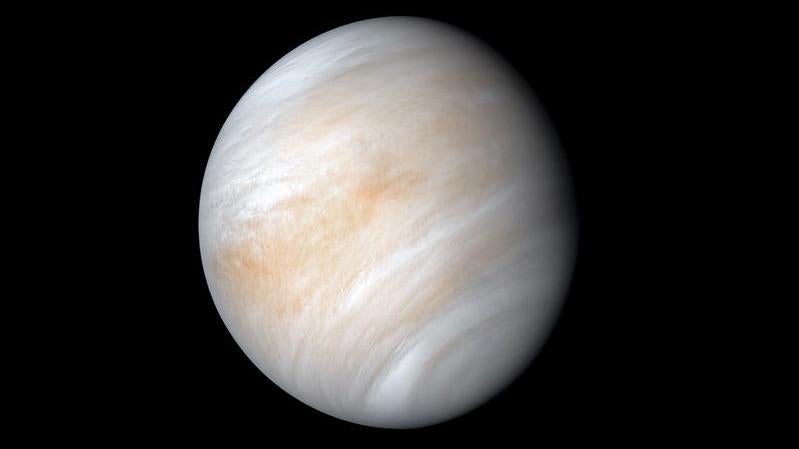
Another big difference between Earth and Venus is the latter’s lack of water, an essential ingredient for the complex life we consider ourselves a part of here on the Pale Blue Dot. But that wasn’t necessarily always so. A few years back, a NASA climate model suggested that Venus could have once had vast oceans of liquid water. Those results were tempered a bit, but not overturned, by a more advanced model in 2019, as LiveScience reported. The general idea is that the planet’s oceans would have evaporated when the runaway greenhouse effect took hold.
But just a month after the newer NASA model came out, another team analysed some of the basalt rock on Venus and determined that what the NASA scientists theorised could have been water beds were actually lava lakes. So, a big difference. A proposed collaboration between the Russian space agency RosCosmos and the European Space Agency would see Venera-D, an orbiter-lander combo, look at water content on Venus shortly after 2030. Perhaps we can finally put the water question to rest.
Venus Is… Scrunchy
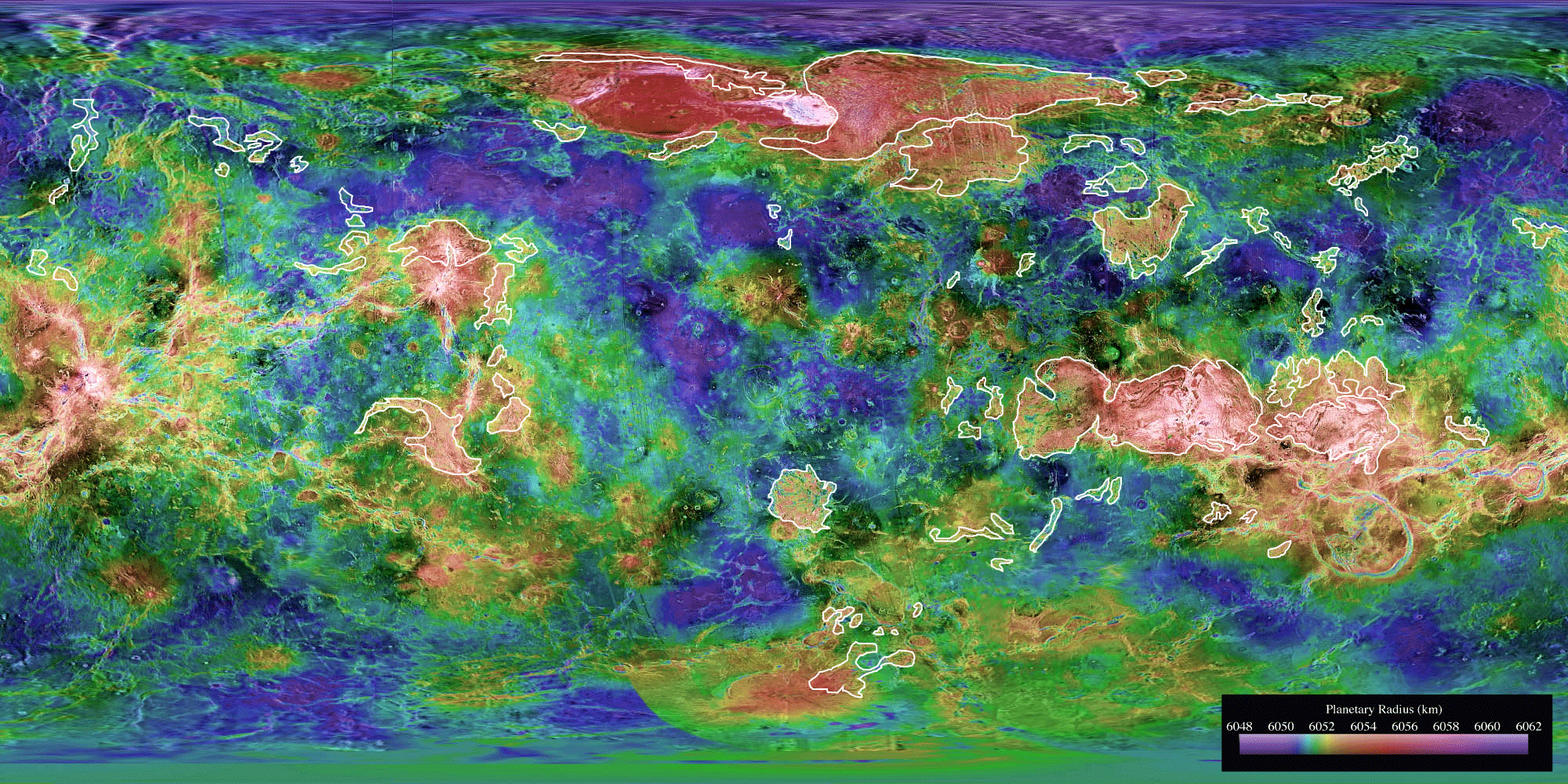
Venus’s tectonics are a vital part of understanding the planet’s evolution and continued growth. But the tectonics are super weird. For one, there’s the tesserae, geologically complex terrain on Venus composed of troughs and ridges that look like someone scrunched up bits of the planet. The tesserae on Venus are very old — which raises another quandary, as other stretches of rock are not.
How are the younger bits of Venus’s crust coming about, if not through volcanic activity? And does the rock on Venus move at all, or is it completely static? A study published in June 2021 in the Proceedings of the National Academy of Sciences describes the interrelated jostling of various lowland areas of Venus. Thankfully, the upcoming missions to Venus will vastly increase the amount we know, and planetary scientists won’t have to lean on data collected decades ago.
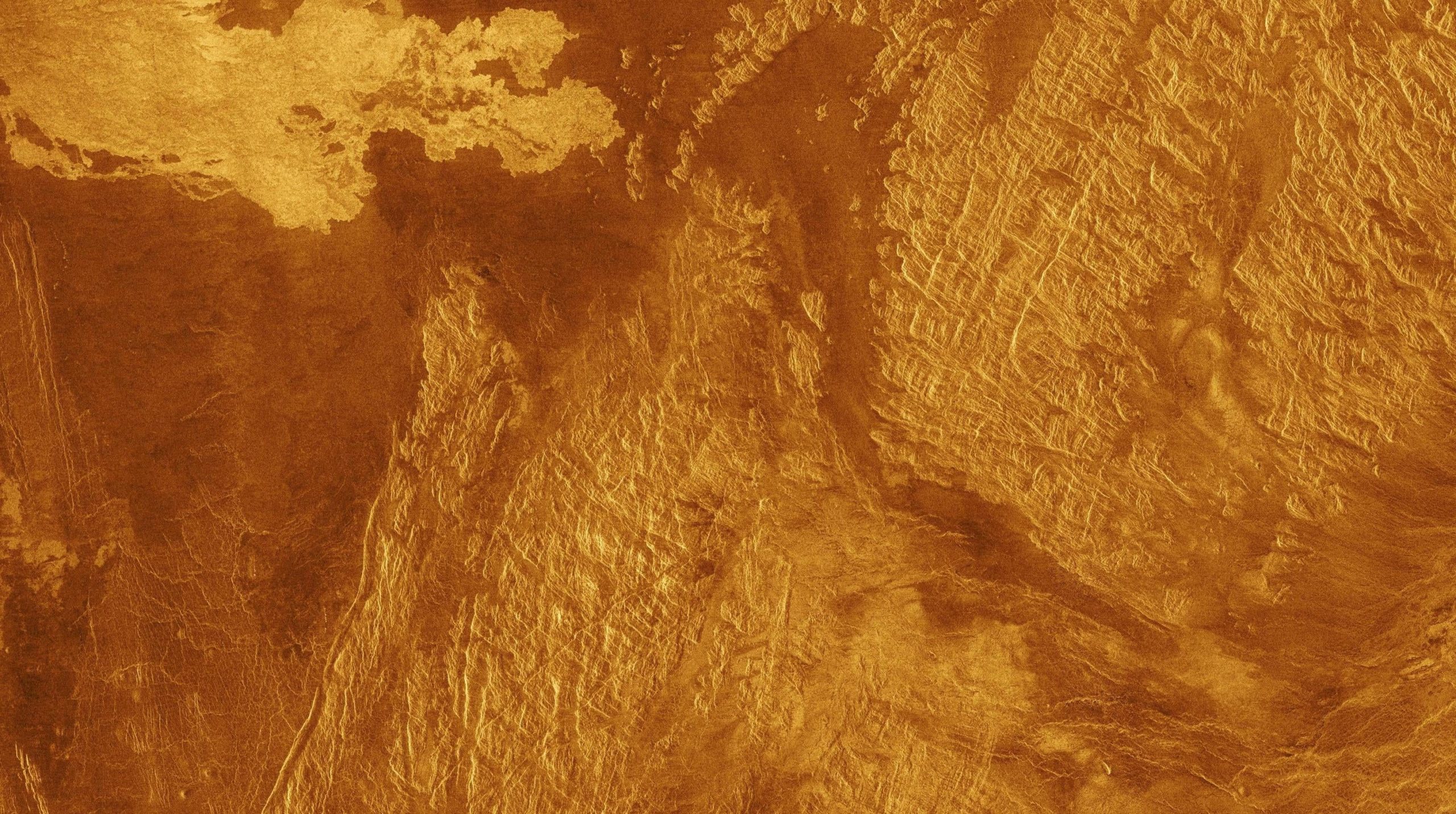
Venus Has Potentially Habitable Clouds
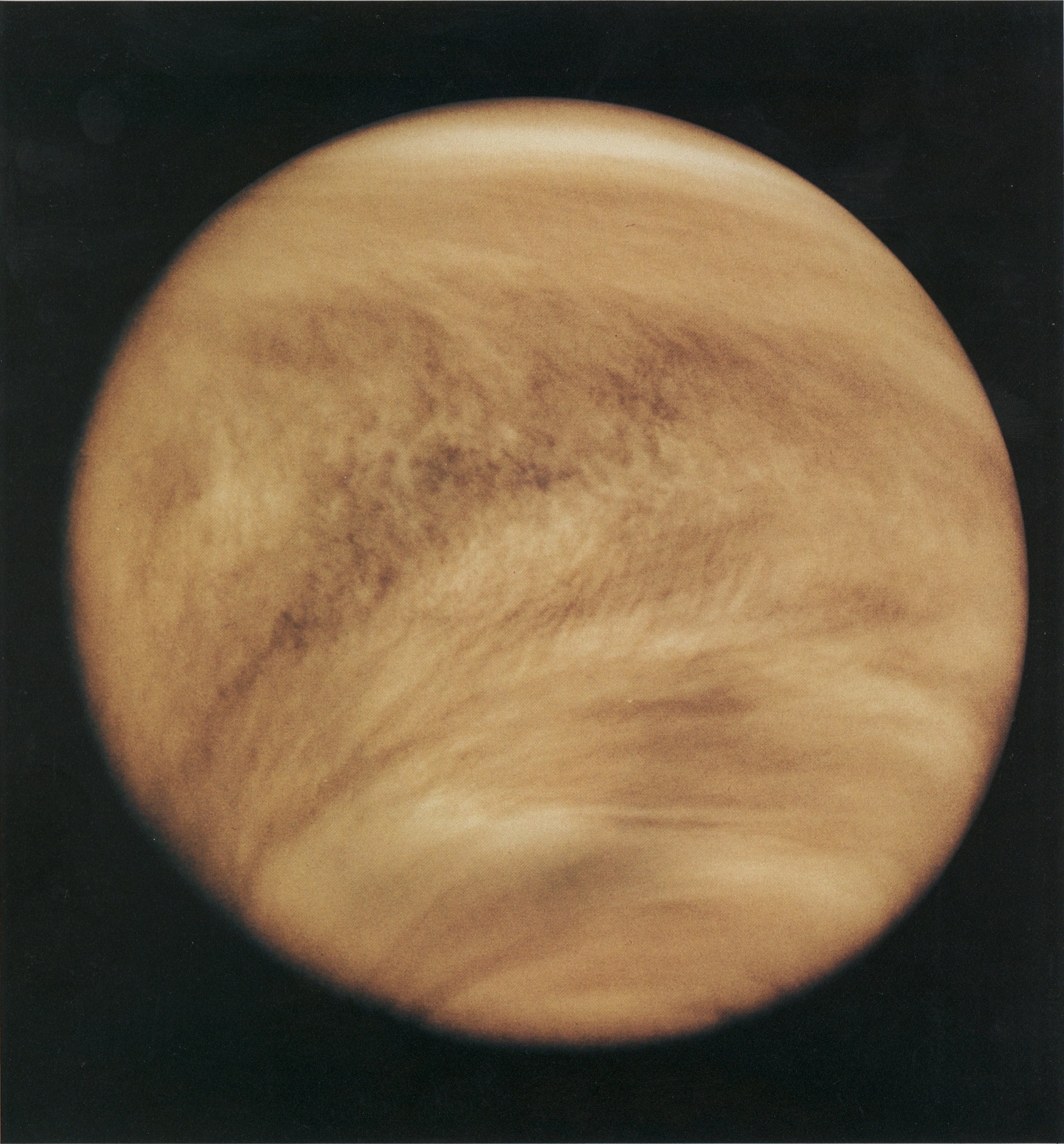
Despite how toxic the Venusian atmosphere is to us, it could — maaaybe — be hospitable for some life. Last year, there was a big kerfuffle when researchers thought they detected phosphine — a gas produced by some organisms, and thus considered a biosignature — in the planet’s atmosphere. Those results could not be replicated, but the story won’t really be over until DAVINCI+ gets a whiff of the atmospheric chemistry as it descends through Venus’s skies. “What makes planet atmospheres so interesting is that, if there is life on the planet, understanding the atmosphere is pretty much the only way to detect that life,” said Clara Sousa-Silva, a quantum astrochemist at the Centre for Astrophysics | Harvard and Smithsonian, in an email. So, we’ll see how this all shakes out in the 2030s. Good things come to those who wait.
